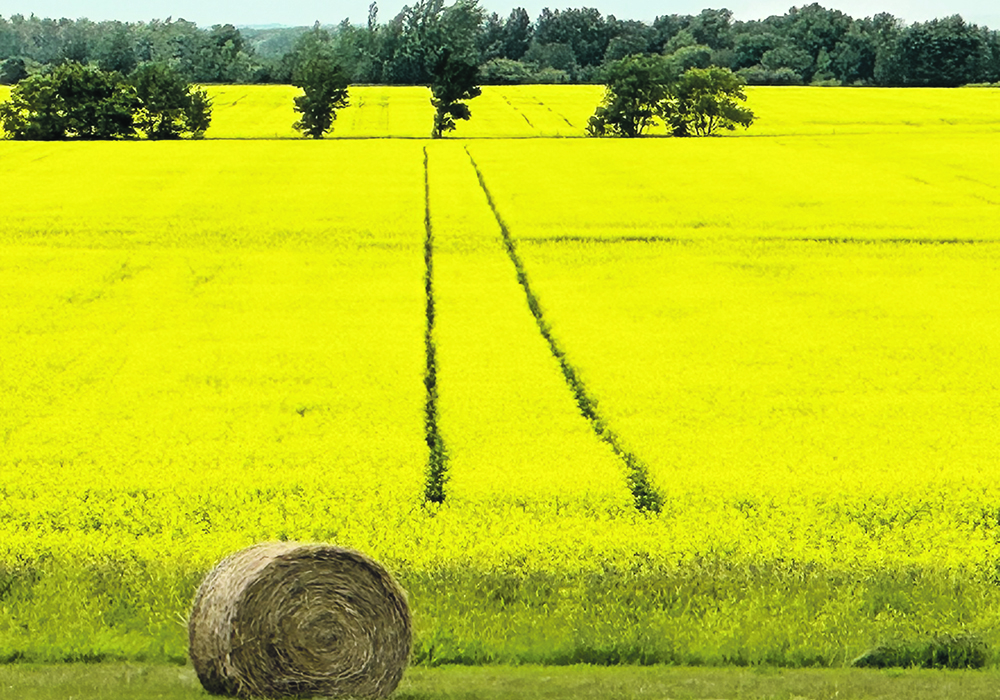The scattered rain showers that have fallen in the province during the first two weeks of July ‘gives us a little bit of hope’
It’s been a topsy-turvy year for canola growers in Alberta with variability in crop conditions reported in different quadrants and, in some places, even from field to field.
Roger Chevraux, chair of the Alberta Canola Producers Commission, said he suspects the situation might result in an average year for producers.
But the overall provincial yields of canola will likely hinge on how things unfold in July.
Scattered rain showers have hit parts of Alberta in the first two weeks of July, which gives rise for optimism, he said.
Read Also

Europe holds promise for Canadian lentils
Pulse Canada is trying to help boost lentil consumption in Europe, which is already the fourth largest market.
“It gives us a little bit of hope that the crop might have an opportunity to be at least average this year,” said Chevraux.
While 2022 was billed by some as the most expensive canola crop ever planted ever, Chevraux anticipates 2023 will top that mark.
“The nitrogen prices were down but the phosphorus prices were high, seed costs were higher, equipment continues to go up, interest rates continue to climb — anyone having to borrow money for input costs, their costs have gone up significantly,” he said. “Carbon tax continues to go up and so if we have to do any drying to the crops this year, we’re going to have that as an added cost.”
All of that on top of increases in land and rental prices will continue to drive costs higher, he said.
“It’s definitely another year with our fingers crossed because we need a big crop to pay for it,” said Chevraux.
As far as the canola market, he said there are some positives on the horizon.
“With the announcement of the new crush plants they are working on and construction of and the announcement of the Clean Fuel Standards Act that the federal government has just enacted — all those things are going to help significantly. Maybe not this year but into the future for maintaining our price in canola,” said Chevraux.
“Biofuels and renewable diesel that’s coming as a result of the Clean Fuel Standards Act is really going to help us out quite a bit and make it so we’re not so reliant on foreign markets to buy our product.”
The export market is currently down but crush has been buoying prices, he said, adding North American canola has the highest prices globally.
Chevraux credited those prices to the burgeoning biofuels marketplace on the continent.
















